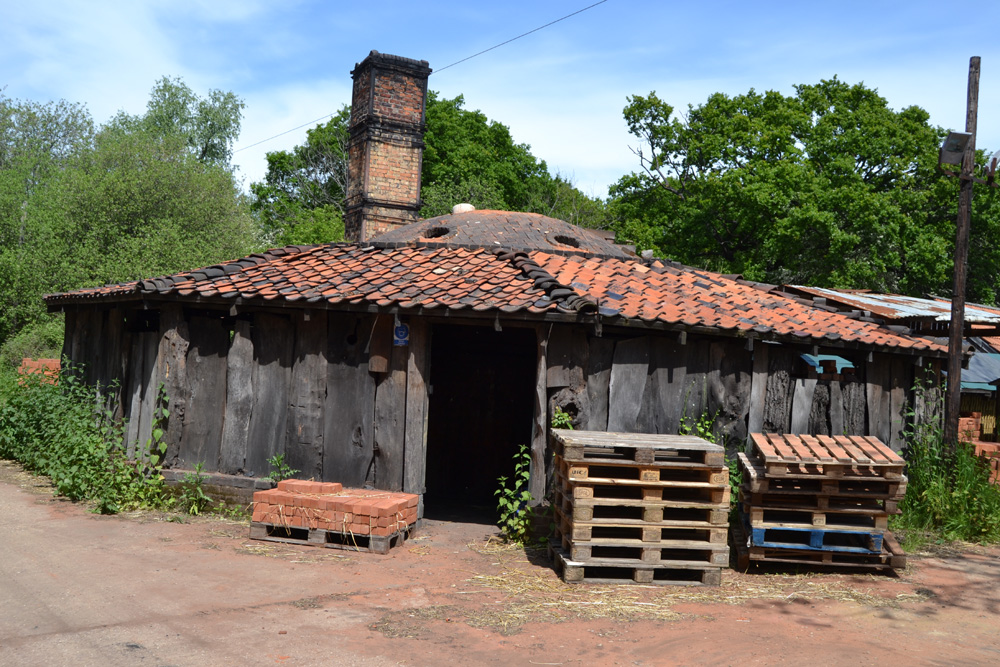
In a new series, Professional Builder is celebrating the tradespeople who are keeping traditional craft skills alive. This month we talk to brick masonry expert Charles Reilly of Georgian Brickwork.
The county known as the ‘Garden of England’ has some of the highest concentrations of listed buildings in the UK, and it is here that we found Charles Reilly practising the art of brickwork conservation. The Queen Anne property on which the proprietor of Georgian Brickwork is applying his well-honed skills is a prime example. In order to replicate the aesthetic of the original mortar, for instance, Charles is using a number of additives, and employing all his experience to judge the satisfactory match. “The previous generation of builders would have made their own hot mix lime on site but, probably because they didn’t have enough aggregate, they’ve added ash from the kiln. It’s not the easiest thing to replicate, but I’ve managed to get some good results from adding coal, anthracite and chalk to an NHL2 lime, together with a coarse sharp sand and then a restoration sand.”
Lime mortar is experiencing an on-site resurgence at present, but it does represent a different experience for the builder, as Charles explains: “Lime will dry out quite quickly in contact with clay so it’s often necessary to soak the bricks, and we’ll use sharp sand, rather than building sand, as you would with sand and cement. It’s also quite sensitive to atmospherics, and we’ll spray the walls in warm weather to keep it wet so it won’t go off too quickly. On old houses like these it’s really the only option. It will allow the walls to breathe, and is far more flexible than its modern counterpart, which means it is less susceptible to cracking.”
Wherever possible, Charles will repair old bricks, again applying materials, mixes and colour matches that he has refined over his many years of practising brickwork conservation, whilst he will make careful use of his Arbortech Allsaw AS170 to cut out any masonry that can’t be saved. When it comes to brick matching, the experts at Bulmer Brick and Tile, are amongst his preferred suppliers, whilst H G Matthews are equally a reliable source. “On this job I am using Sussex Handmade bricks. The original bricks were almost certainly produced in a wood fired clamp kiln and although slightly longer, they are pretty close in terms of size to any modern metric example. For the gauged arches, we’re making use of Bulmer’s red rubbers, which are supplied over-sized and then cut down to the dimensions we require in our workshop in Ramsgate.”
Gauged archwork is amongst the most highly skilled pursuits of a conservator like Charles, but the 61-year-old is well versed in the practice. With lime putty joints of just 2mm, it is an unforgiving task which requires considerable precision, and craftsmanship. “We operate a policy of minimum intervention, so we’ll try and save as much as we can, but some of the arches here have dropped down quite considerably, so they’ll need to be taken out and rebuilt, and it’s here we’ll use the red rubbers.”
Charles is also one of the few modern practitioners of tuckpointing, a traditional technique that makes use of two different colours of mortar. The first matches the bricks and the second is a fine ribbon of lime putty, similar to gauged work, which gives the impression of very thin joints. Not only that, but in practising these arts, the Kent-based tradesman will go so far as to fashion his own tools, using customised Marshalltown trowels and Speedex trowels for tuckpointing
Charles is evangelical on the subject of building conservation and is keen to pass on his own knowledge to the next generation. “There are many skills that we’re in danger of losing and it will then become much harder to preserve our old housing stock effectively,” declares the 61-year-old bricklayer. “That’s why I teach courses for experienced heritage bricklayers on the likes of gauged work and tuckpointing at my workshop, and I’d like to see it on college curriculums. Hopefully, I can help to preserve a link with the builders of the past that will secure a future for our listed buildings and period properties.”
![]()






